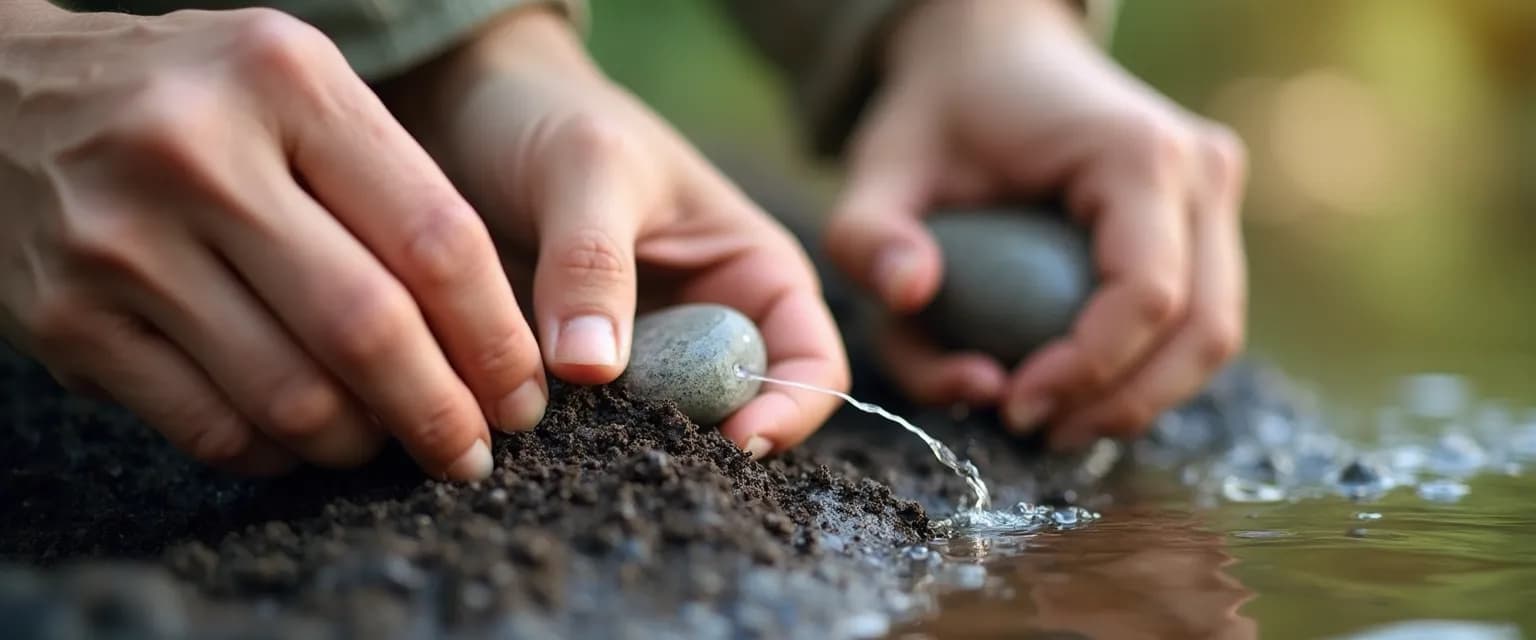7 Emergency Grounding Techniques for Anxiety During Natural Disasters
When disaster strikes, anxiety during natural disasters becomes a natural yet challenging response to navigate. Your body's alarm system kicks into high gear, flooding your system with adrenaline and cortisol – helpful for immediate survival but overwhelming when sustained. These intense physiological responses can spiral into full-blown panic attacks, making it difficult to think clearly during the very moments when level-headed decisions matter most.
The good news? Science shows that specific grounding techniques can effectively interrupt this anxiety cycle, even in the midst of earthquakes, hurricanes, or floods. These seven emergency techniques require zero special equipment and work whether you're in an evacuation shelter or your own home. Most importantly, managing anxiety through practical techniques during natural disasters improves your decision-making abilities and ultimately enhances your safety.
Let's explore these powerful methods that can be your anchor when the world feels chaotic around you.
Physical Grounding Methods to Reduce Anxiety During Natural Disasters
When anxiety during natural disasters threatens to overwhelm you, physical grounding techniques redirect your brain's attention to the present moment, interrupting the anxiety cycle.
The Disaster-Adapted 5-4-3-2-1 Technique
This powerful sensory method works even in chaotic environments. Name 5 things you can see (focus on stable objects if possible), 4 things you can touch (the floor beneath you, a wall, your clothing), 3 things you can hear (distinguish between disaster sounds and regular sounds), 2 things you can smell, and 1 thing you can taste (even if it's just noticing your own mouth).
Shelter-Friendly Progressive Muscle Relaxation
This technique works in crowded spaces without drawing attention. Starting with your toes, tense each muscle group for 5 seconds, then release for 10 seconds, working up through your body. The physical release signals your nervous system that it's safe to calm down, even when external circumstances remain challenging.
Bilateral Stimulation
Cross your arms over your chest and alternately tap your shoulders for 30 seconds. This bilateral stimulation technique helps integrate emotional processing across both brain hemispheres, reducing the intensity of panic symptoms during emergencies.
Breathing Patterns That Combat Anxiety During Natural Disasters
Your breath is a powerful tool that's always available, even during the most intense disasters. Specific breathing patterns directly influence your nervous system, triggering the relaxation response even when external circumstances remain frightening.
Box Breathing for Immediate Relief
This technique is favored by emergency responders and military personnel for its effectiveness during high-stress situations. Inhale for 4 counts, hold for 4 counts, exhale for 4 counts, and hold for 4 counts. Repeat this pattern 5 times, visualizing tracing a square with each breath cycle. The structured breathing pattern helps restore a sense of control when anxiety during natural disasters peaks.
Evacuation Center Diaphragmatic Breathing
Even in crowded evacuation centers, this subtle technique works wonders. Place one hand on your abdomen and focus on pushing it outward as you inhale slowly through your nose for 4 seconds. Exhale through slightly pursed lips for 6 seconds. The extended exhale activates your parasympathetic nervous system, countering the stress response.
Breath Counting Redirection
When disaster thoughts overwhelm you, this technique refocuses your attention. Breathe normally while counting each exhale until you reach 10, then start over. If thoughts interrupt your count, simply begin again. This method gives your mind a simple focal point, disrupting anxiety spirals.
Preparing Your Mind for Future Natural Disasters and Anxiety
The best time to prepare for managing anxiety during natural disasters is before they occur. Create a personalized emergency grounding plan by identifying which techniques resonate most with you and practicing them regularly during calm periods. This mental rehearsal builds neural pathways that make these responses more accessible during actual emergencies.
Different disaster types may call for different approaches – flooding events might allow for more physical movement techniques, while earthquake situations might require more breath-focused methods. Integrate these mental health techniques with your physical emergency preparedness plan for comprehensive resilience.
Remember that managing anxiety during natural disasters isn't just about comfort – it's about maintaining the clear thinking needed for survival. These seven techniques provide practical tools that work alongside official emergency protocols, giving you resources to navigate both the external disaster and your internal response with greater confidence.




